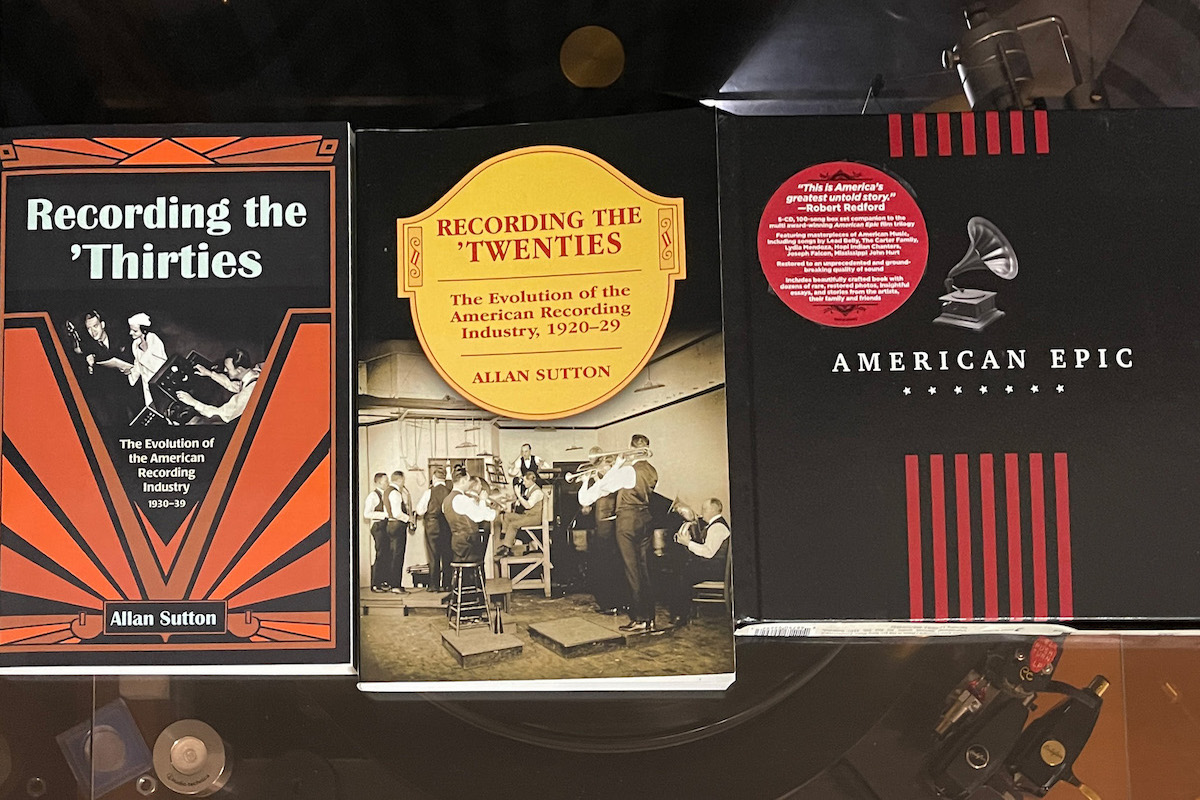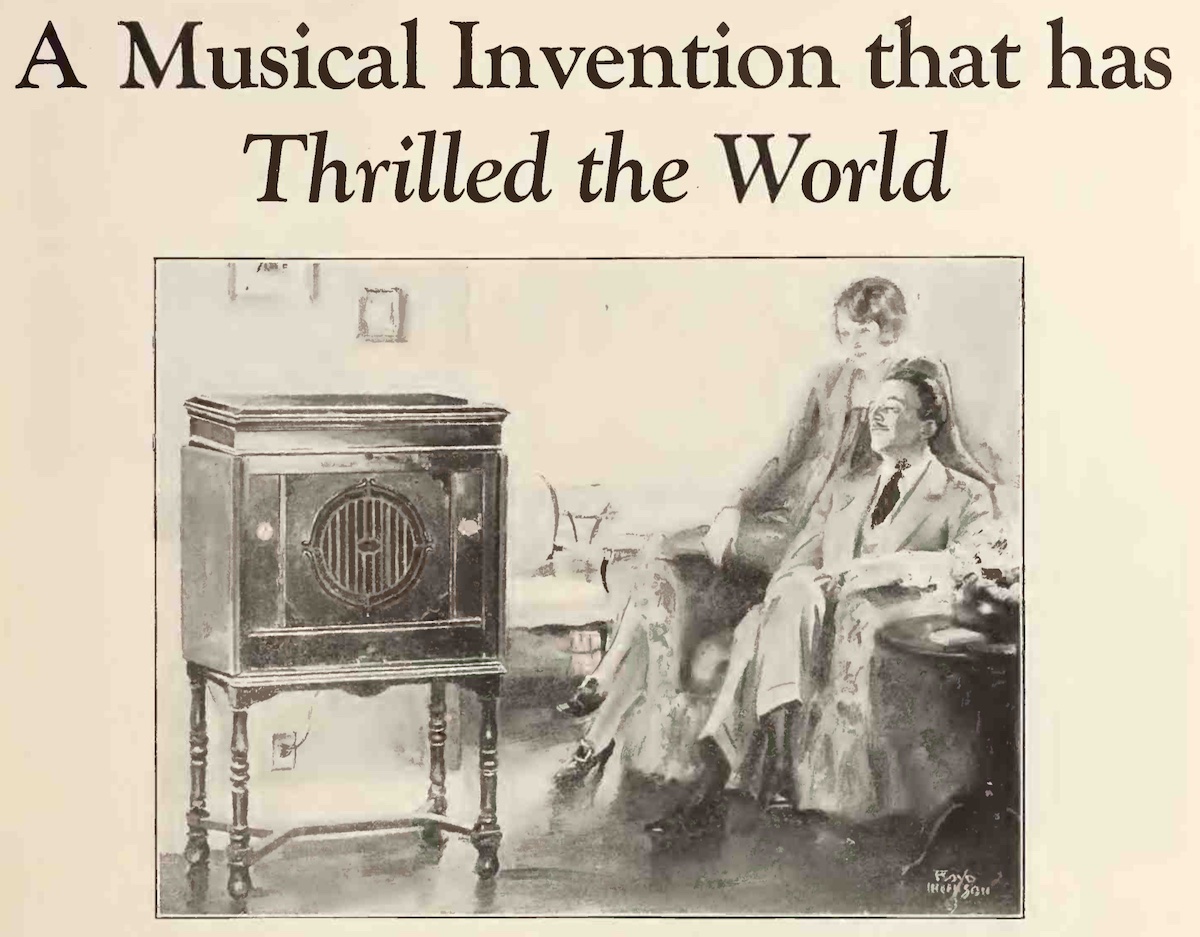Things I learned on Phono EQ curves, Pt. 3
前回 は、電気録音黎明期のあれこれについて調べました。今回は、その後発展していく電気録音、そして 1930年前後の各レーベルの状況 について引き続き調べていきます。
On the previous part, I studied on more of the history of Electrical Recording in its very early years, along with several digressions… This time, I am going to continue learning the evolution of the electrical recording, as well as the situation of record labels around the 1930s.
 Continue reading
Continue reading 

